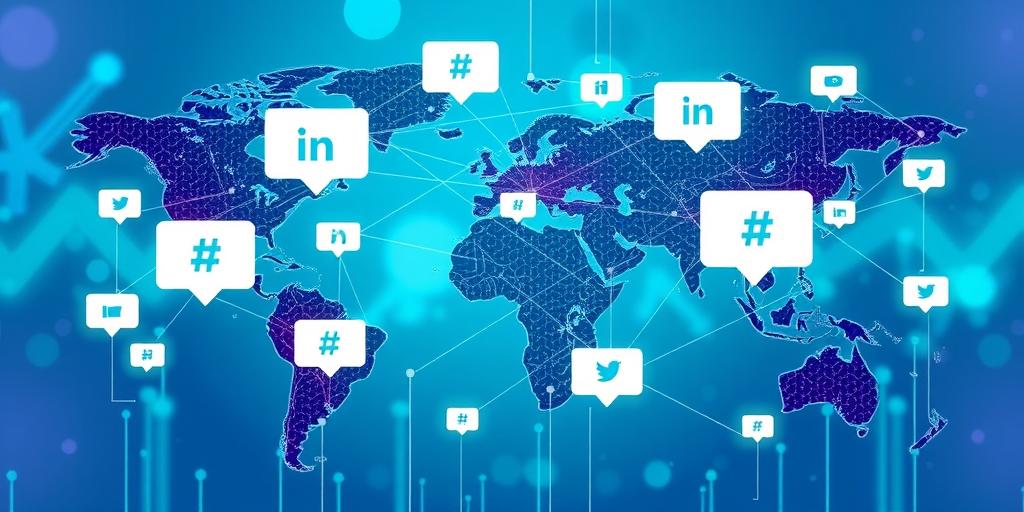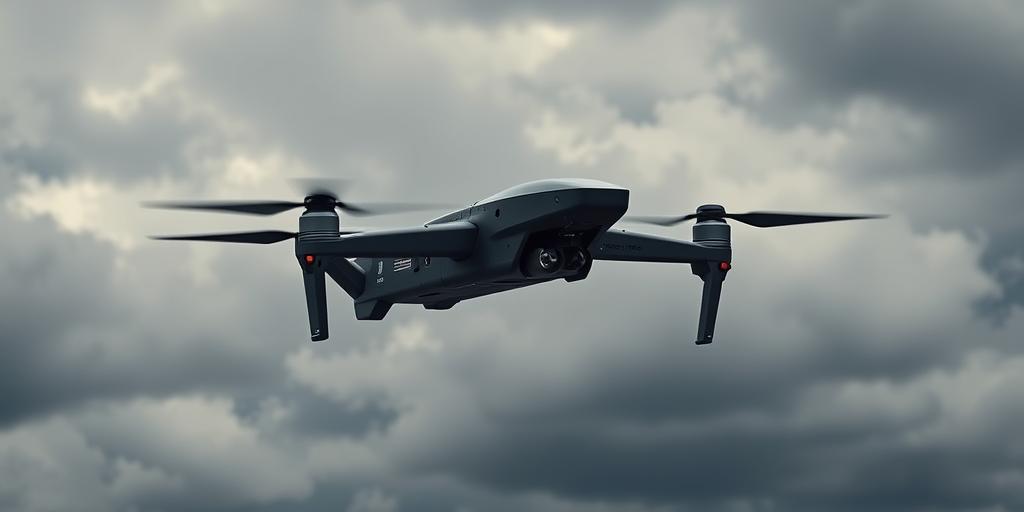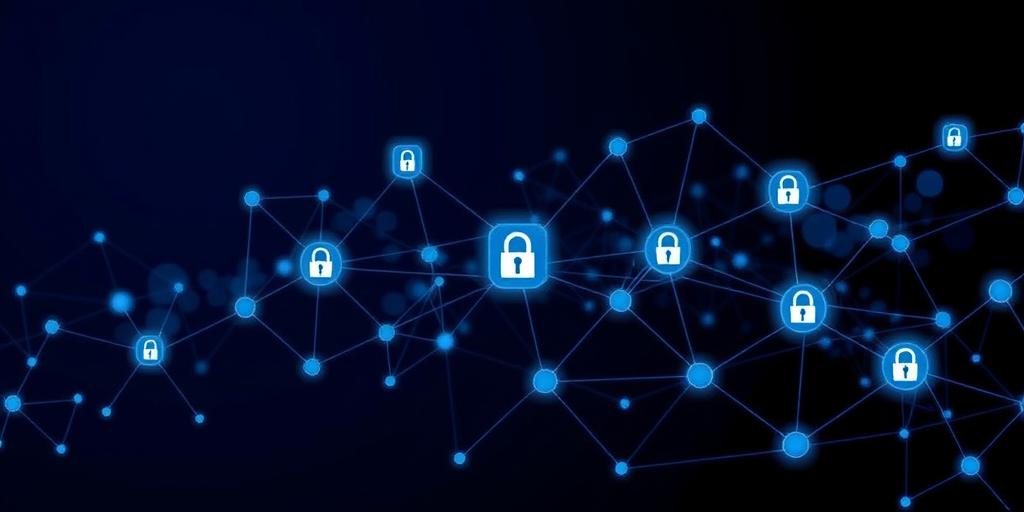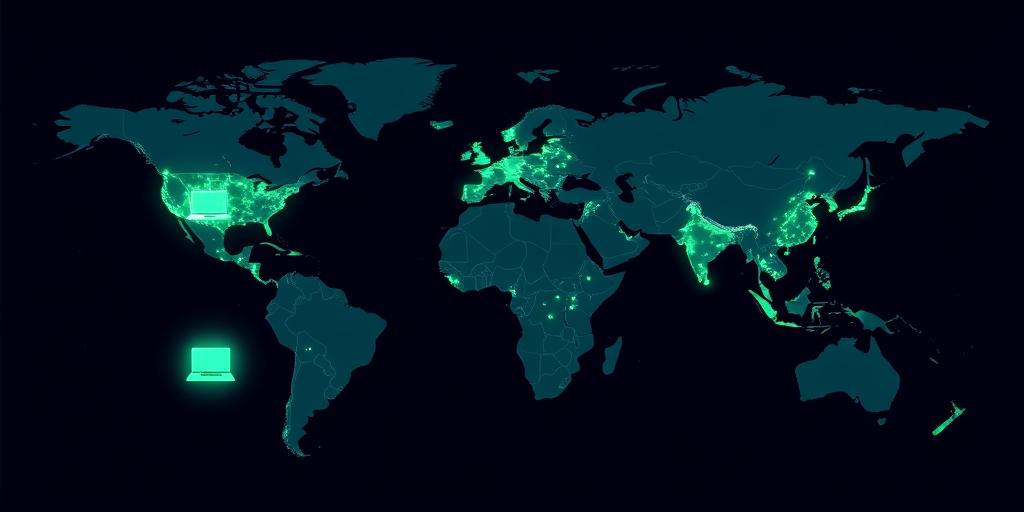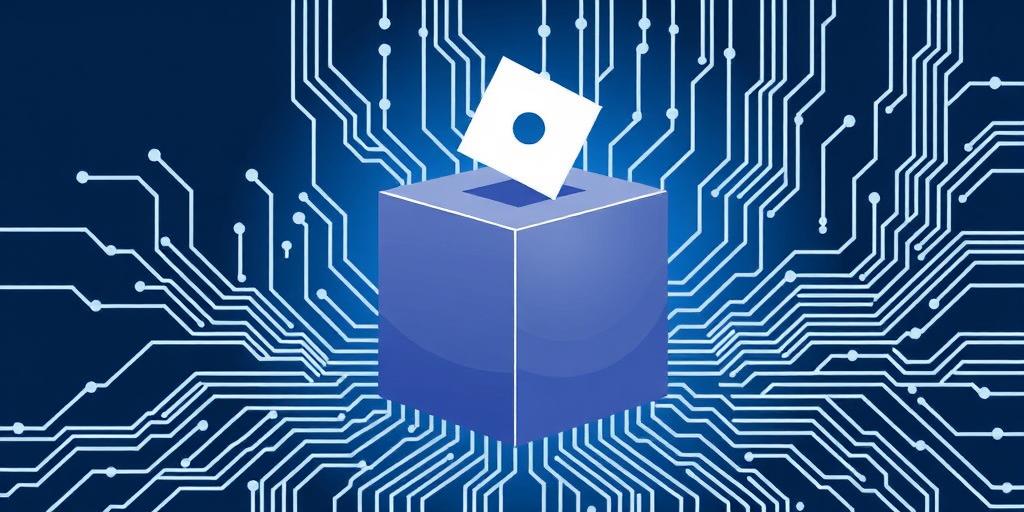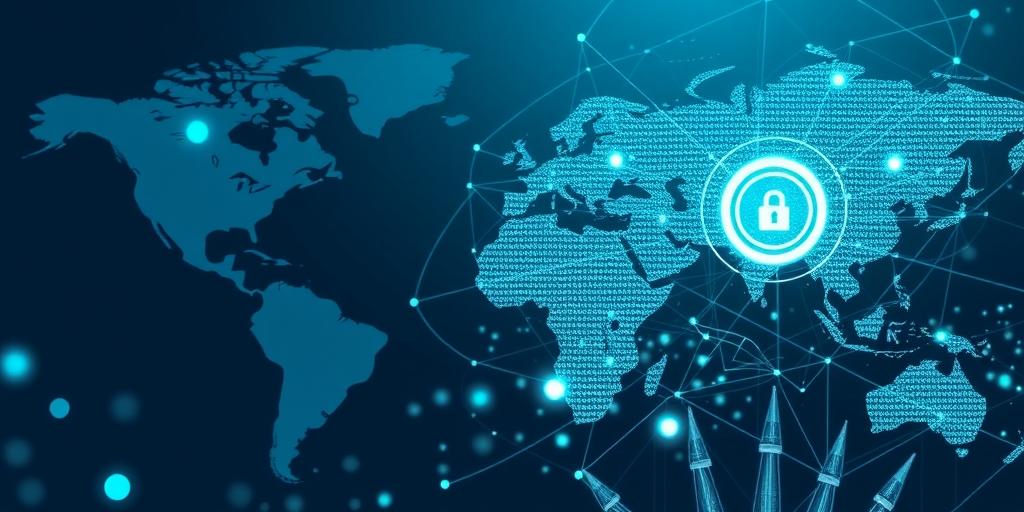
Technology's Role in Modern Conflict Zones
Technology's Role in Modern Conflict Zones
In today's interconnected world, technology plays an increasingly significant role in conflict zones. From communication and information gathering to weapon systems and cybersecurity, technology's impact is undeniable and multifaceted.
Communication and Information
- Social Media: Platforms like Twitter, Facebook, and Telegram have become vital tools for disseminating information, organizing protests, and documenting events in conflict zones. However, they also facilitate the spread of misinformation and propaganda.
- Satellite Communication: Satellite phones and internet access provide crucial communication channels for journalists, aid workers, and civilians in areas where traditional infrastructure is damaged or unavailable.
- Encrypted Messaging: Apps like Signal and WhatsApp offer secure communication channels, protecting activists and journalists from surveillance.
Weapon Systems and Surveillance
- Drones: Unmanned aerial vehicles (drones) are used for reconnaissance, surveillance, and targeted strikes. They offer military advantages but raise ethical concerns about civilian casualties and accountability.
- Cyber Warfare: Cyberattacks can disrupt critical infrastructure, spread disinformation, and interfere with military operations. Cyber warfare capabilities are becoming increasingly important in modern conflicts.
- Surveillance Technologies: Facial recognition, AI-powered surveillance systems, and data analytics are used to monitor populations, identify potential threats, and control movement in conflict zones. These technologies raise concerns about privacy and human rights.
Humanitarian Aid and Assistance
- Mapping and GIS: Geographic information systems (GIS) and satellite imagery are used to map conflict zones, assess damage, and plan humanitarian aid delivery.
- Data Analysis: Data analytics help aid organizations understand the needs of affected populations, allocate resources effectively, and monitor the impact of assistance programs.
- Cash Transfer Programs: Mobile payment systems and digital currencies facilitate the distribution of cash assistance to vulnerable populations, reducing the risk of theft and corruption.
Challenges and Ethical Considerations
The increasing role of technology in conflict zones raises several challenges and ethical considerations:
- Misinformation and Propaganda: The spread of false or misleading information can exacerbate tensions, incite violence, and undermine trust in institutions.
- Privacy and Surveillance: The use of surveillance technologies raises concerns about the erosion of privacy and civil liberties.
- Accountability and Transparency: It is essential to establish clear rules and regulations governing the use of technology in conflict zones to ensure accountability and transparency.
- Digital Divide: Unequal access to technology can create new forms of inequality and marginalization in conflict-affected communities.
Conclusion
Technology is transforming the landscape of modern conflict zones, offering both opportunities and challenges. While technology can improve communication, aid delivery, and information gathering, it can also be used to spread misinformation, violate privacy, and wage cyber warfare. Addressing these challenges and ethical considerations is crucial to harnessing technology's benefits while mitigating its risks in conflict-affected areas.

